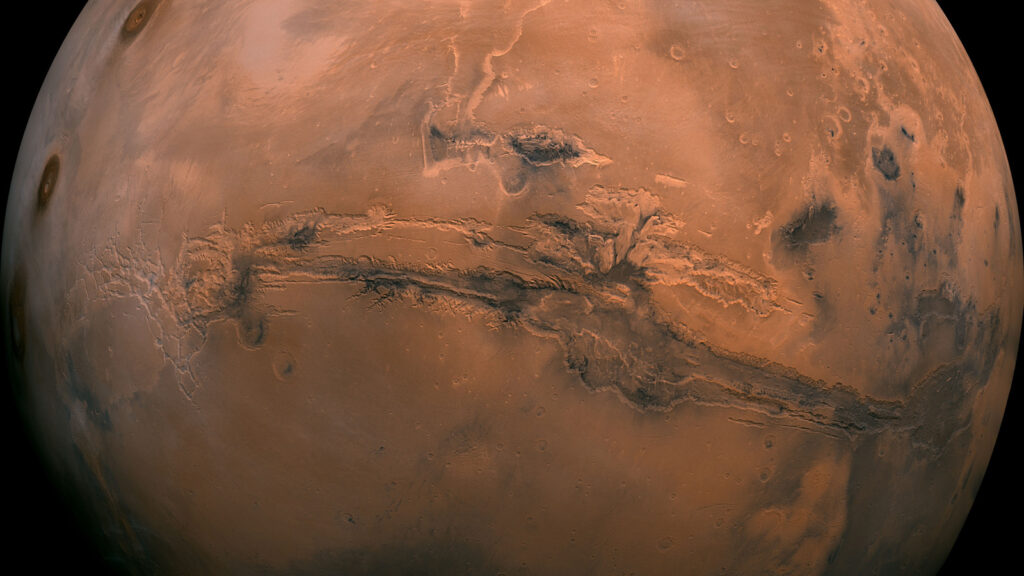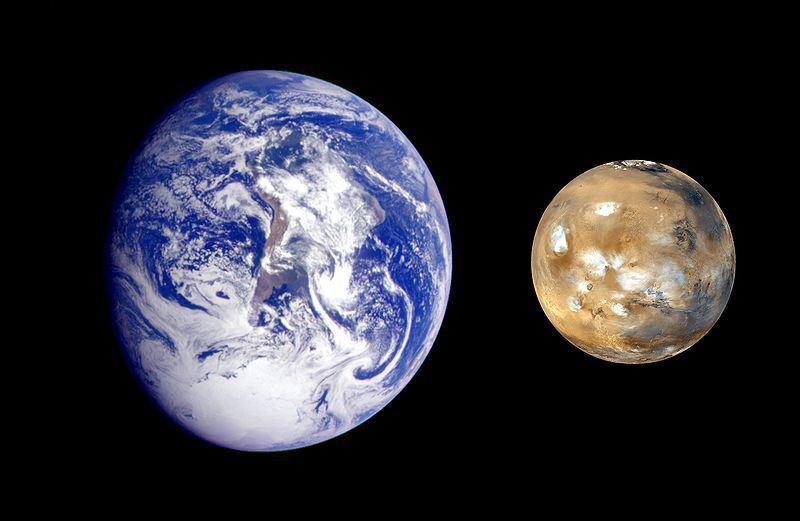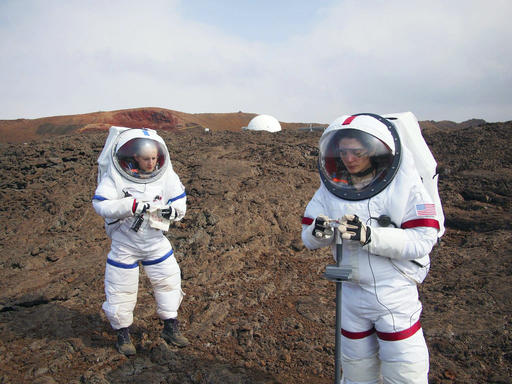A scientist who is about to spend a year on ‘Mars’ has spoken out about her biggest concerns for the trip.
Kelly Haston, a biologist from Canada, is participating in a crucial drill centered on Mars.
Haston will be one of four lucky volunteers (the others being an engineer, an emergency physician, and a nurse) to step foot on “Mars,” their home for the next year, at the end of June.
“It still seems a bit unreal to me,” the 52-year-old told AFP.
Before leaving for “Mars,” the crew will spend a month training in Houston.
But Haston and her fellow volunteers won’t be heading to space. While the distance between Earth and Mars is 295.36 million kilometers, the ‘Mars’ she is visiting is only little further than Canada.
Related: For the First Time On Mars, NASA’s Perseverance Rover Captures The Sound Of A Dust Devil

Haston will be moving into NASA’s Mars simulation habitat, which is designed to offer participants a true flavor of what it might be like to live on Mars.
The 3D printed Mars Dune Alpha will “simulate a realistic Mars habitat to support long-duration, exploration-class space missions,” as stated on NASA’s official website.
To prepare for a future expedition to Mars, scientists will use Haston and company as guinea pigs to see how people fare in a long-term Martian environment.
The high-strength concrete used to construct Mars Dune Alpha is called lavacrete, and it spans 1,700 square feet. There will be four individual crew quarters, as well as workstations, a medical station, common areas, a galley, and food growing stations.
“It’s actually surprisingly spacious feeling when you go inside it,” Haston, who visited Mars Dune Alpha last year before she was confirmed to join the mission, said.
We also have a space outside to simulate space or Martian treks.
Related: Scientists Observe Largest Mars-Quake Ever Recorded

Haston warns that the expedition members won’t have it easy, what with a slew of mechanical breakdowns, water shortages, and other “surprises.”
To simulate the actual time difference between our green and blue planet and Mars, all communications with the outside world, regular Earth, will be slowed down. Depending on where the planets happen to be, the delays could last anywhere from 20 minutes in one direction to 40 minutes in both.
Which, while not lightning fast, nonetheless beats the departure timings of most public transportation options.
“I’m very excited about this, but I’m also realistic for what the challenge is,” says the research scientist, whose status as a permanent resident of the United States made her eligible for the once-in-a-lifetime opportunity.
Haston’s biggest concerns are being alone and separated from her loved ones. She will have to rely on email and occasionally video chats rather than phone calls to communicate with them.

Haston says she’ll draw on her experience from a study trip to Africa to get her through the experiment since “feelings of isolation are things that I think feel very familiar to me.”
Being a part of a study that will hopefully advance space exploration is consistent with many of my life aims, and so is participating as a test subject.
In the 2030s, NASA’s Artemis program intends to transport astronauts to the real Mars.
Download The Radiant App To Start Watching!
Web: Watch Now
LGTV™: Download
ROKU™: Download
XBox™: Download
Samsung TV™: Download
Amazon Fire TV™: Download
Android TV™: Download

